My continuing quest to visit Italy’s nuttiest museums brought me to this place a few weeks ago and I can’t wait to tell you all about it. But first, some backstory. The Upstairs Vegetarian has a friend (who is now my friend too!) named Stephanie Malia Hom who is a professor of Italian, anthropologist, Italophile and many other things too. Her latest book is The Beautiful Country: Tourism & the Impossible State of Destination Italy. Doesn’t that sound interesting? Can’t wait to read it. Anyway, a few years ago Stephanie was visiting from the US and we all had dinner. She started talking about this museum she had gone to in Latina, which is 43 kilometers from Rome. As Stephanie described it, the museum seemed like the most interesting and eclectic place and the UV and I decided we must go there IMMEDIATELY. That was like three years ago and we never did go. The subject came up from time to time but we could never quite remember what the place was called or where it was. Fortunately, Stephanie came back to town and was happy to go again.
First you need to know a little bit about Latina. Mussolini founded the city in 1932, calling it Littoria. That name comes from the fasces lictoriae, a bunch of wooden sticks and usually an ax (fasces means bundle in Latin) that symbolized a magistrate’s power in Ye Olde Roman Days. Mussolini, a great hearkener back to the days of Empire, liked the image so much that he named his political party after it. Other people liked it too and tons of things feature the image of the fasces, including the Great Seal of Harvard University and the seal of the US Tax Court. I will make no further comment than to say “Isn’t that interesting.”
Renamed Latina after the war, the city’s catchy motto is Latina, Olim Palus (Latina, once a swamp). That’s because Latina was located smack dab in the middle of the Pontine Marshes, swampland since Roman times (today the area is known as the Agro Pontina). Fascist ideology was all about the noble farmer and Mussolini orchestrated a huge land reclamation project (the bonifica integrale, 1922-1935) to free up more agricultural land and combat malaria, by the way, destroying a whole load of wetland ecosystems in the process. The marshes were drained, homesteads were built and land parceled out, mosquitoes were killed and health services were established. About 2000 (Fascist, mostly from the North) families received a farmhouse, some land, a plow, tools and a couple of cows. That all sounds pretty good, but this being Mussolini, it was all done a bit brutally.
The project employed 124 000 men at its peak. Workers lived in overcrowded camps surrounded by barbed wire. Wages were terrible, hours were long, the food was bad, sanitation was poor and there was no healthcare. Many of the workers were infected with the malaria they were trying to eliminate.

Welcome to Il Museo Piana delle Orme. That’s me on the left trying to look the same height as everyone else.
Which brings us (finally!) to Museo Piana delle Orme (Museum Plain of Footprints), which totally lived up to its rep of being nutso. First of all, the place is absolutely enormous (50 000 square meters). There is a lot of outdoor space but most of the park is occupied by 13 airplane hanger-sized pavilions devoted to different aspects of early to mid-20th Century Italian history. The museum was established in 1996 by Mariano De Pasquale (1938-2006), a grower and seller of roses. Apparently he somehow acquired the wreck of an old US Army jeep in the 1960s and caught the hoarding bug. He collected everything he could find about the lives of local farmers, the reclamation of the Pontine Marshes and the battles of World War II. Mariano may have had a bit of ADD. The museum grew out of his collection. (Can’t you just hear his wife? “Mariano, you have got to find somewhere to put this stuff! If I see one more tank parked in our backyard…”).
The pavilions are filled with life-sized dioramas. There are explanatory signs in Italian, English and German (the English is remarkably lucid for an Italian museum) as well as (fairly squawky, difficult to understand) audio displays. There are buttons to push in the war pavilions and explosions ensue.
Many photos follow (Lots of these were shot by the UV, duly credited, as hers were much better than mine).
An F-104 jet greets you on arrival.

There was a pavilion devoted to toys and models (planes and boats, not the human variety).
Two pavilions are devoted to the bonifica.

The high rate of malaria in the region was one of the reasons for draining the swamp (a task that had challenged government leaders since Roman times). Malaria means ‘bad air’ in Italian. Credit UV.

The bonifica took place in three stages. First, workers drained the swamp; next, homesteads were constructed and land parceled out; during the third stage, the government took measures against the mosquitoes. Credit UV.

Draining the swamp.
There’s an entire pavilion filled with farm equipment. We scooted through that one — sorry, no photos. If you ever wondered whether it is possible to see too many tractors, I can assure you that a little goes a very long way.
The next pavilion is devoted to country life in the years after the bonifica.


I guess it was common for farm ladies in the 1930s to walk around with turkeys on their heads. Who knew?


Kickin’ back at the local bar. Ah, country life.
Then we moved on to the war years. Deportation and internment in concentration camps.


Credit UV.


The names of all of the Italians sent to concentration camps are pasted on the wall.
A pavilion full of tanks and the like followed (see above comment on tractors).
Two pavilions on Italy’s entry into the war, the Battle of El Alamein and the Allied landings at Messina and Salerno.  The Allied landing at Anzio rates a pavilion of its own as does the battle for Montecassino.
The Allied landing at Anzio rates a pavilion of its own as does the battle for Montecassino.

Apparently Mariano actually gathered actual rubble from the ruins of the abbey at Montecassino to use in this exhibit. Credit UV.


Finally, there is a pavilion devoted to the peacetime use of war paraphernalia, i.e. helmets attached to sticks can be used to dredge cesspools.
There were also some peacocks, ostriches and chickens hanging around (well, they were fenced in) between the various pavilions — I guess to keep the kiddies entertained.

Hello there!
In addition to the usual postcards and guidebook, the museum shop sells loads of uniforms and bayonets.

All your gas mask and helmet (and cesspool deredging) needs can be met right here!
I didn’t go into the bar/restaurant because I was in charge of the dogs but by all accounts it was clean and served various hot dishes.
Remember this: Il Museo Piana delle Orme. A must see if you’re are in the ‘hood.
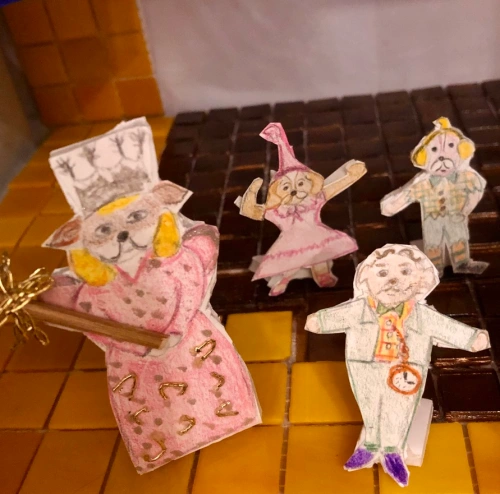

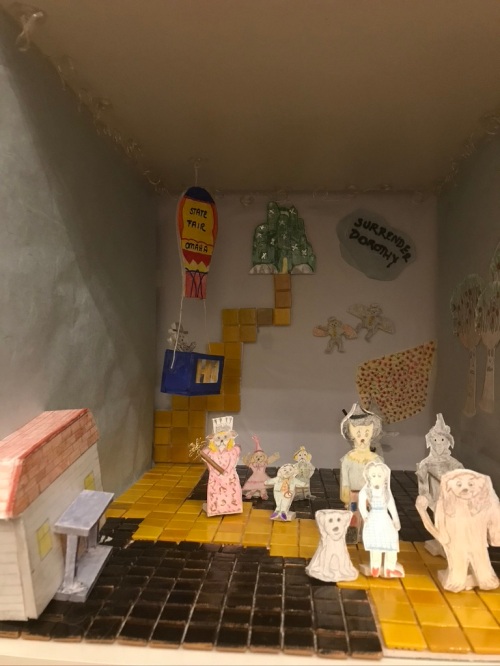
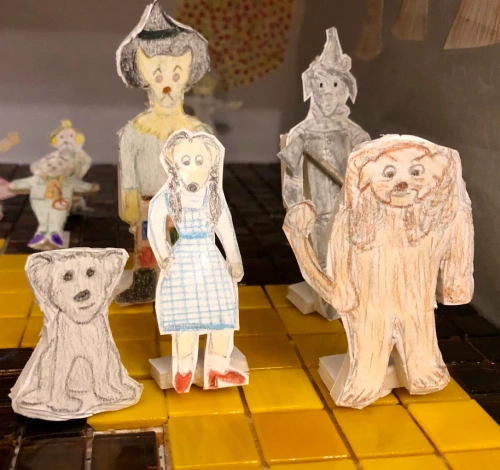
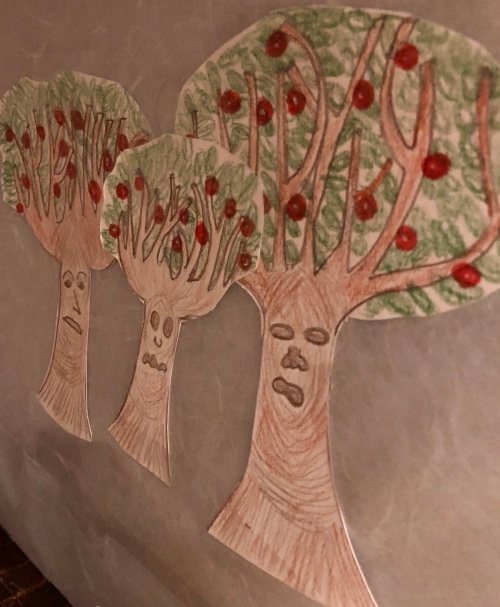
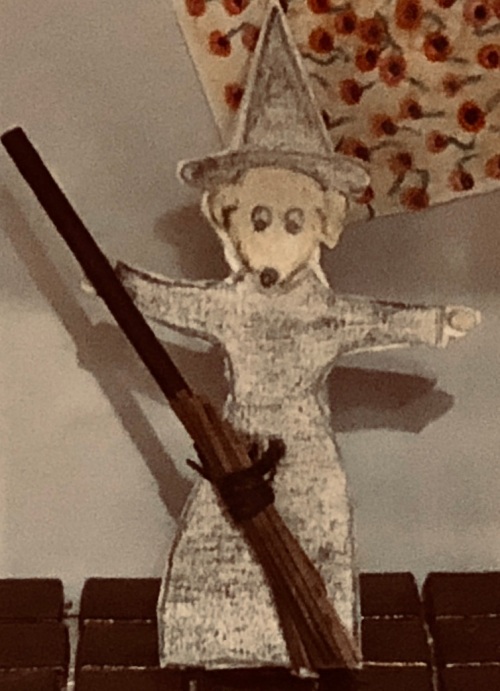
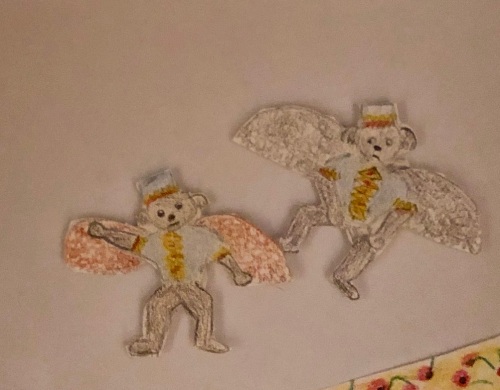
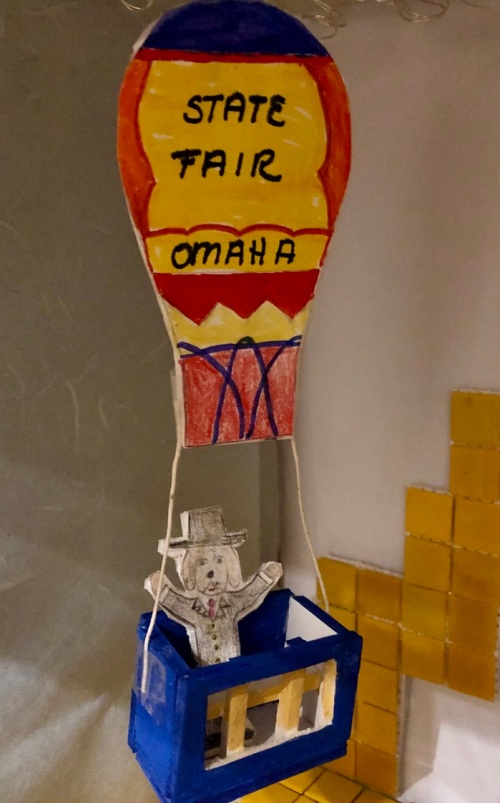
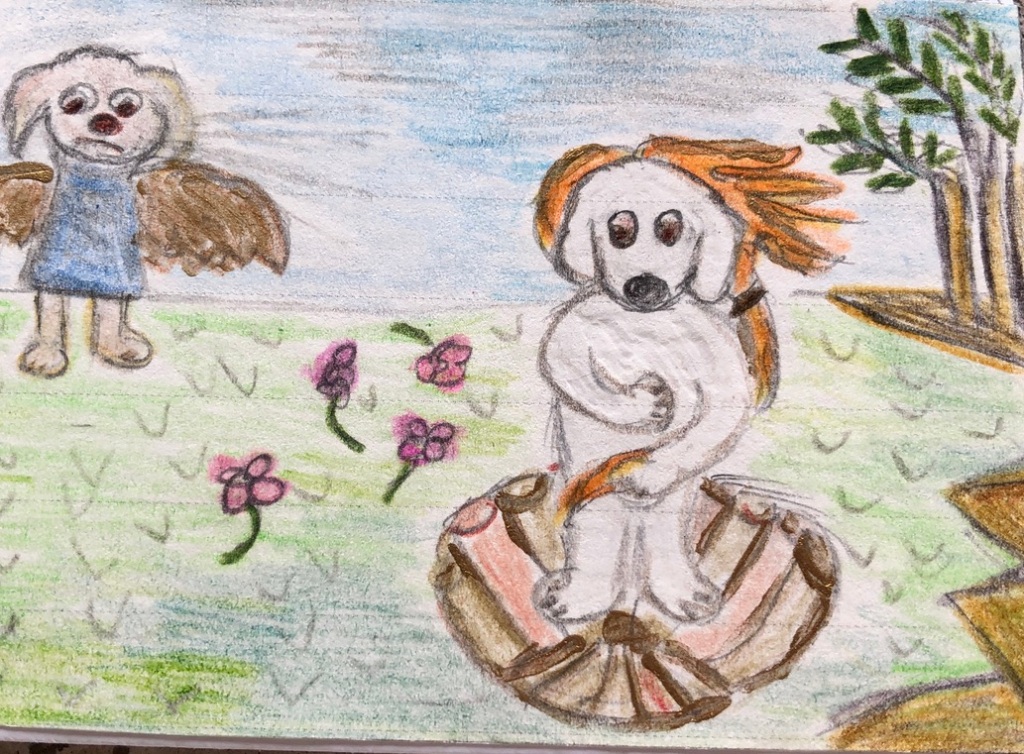
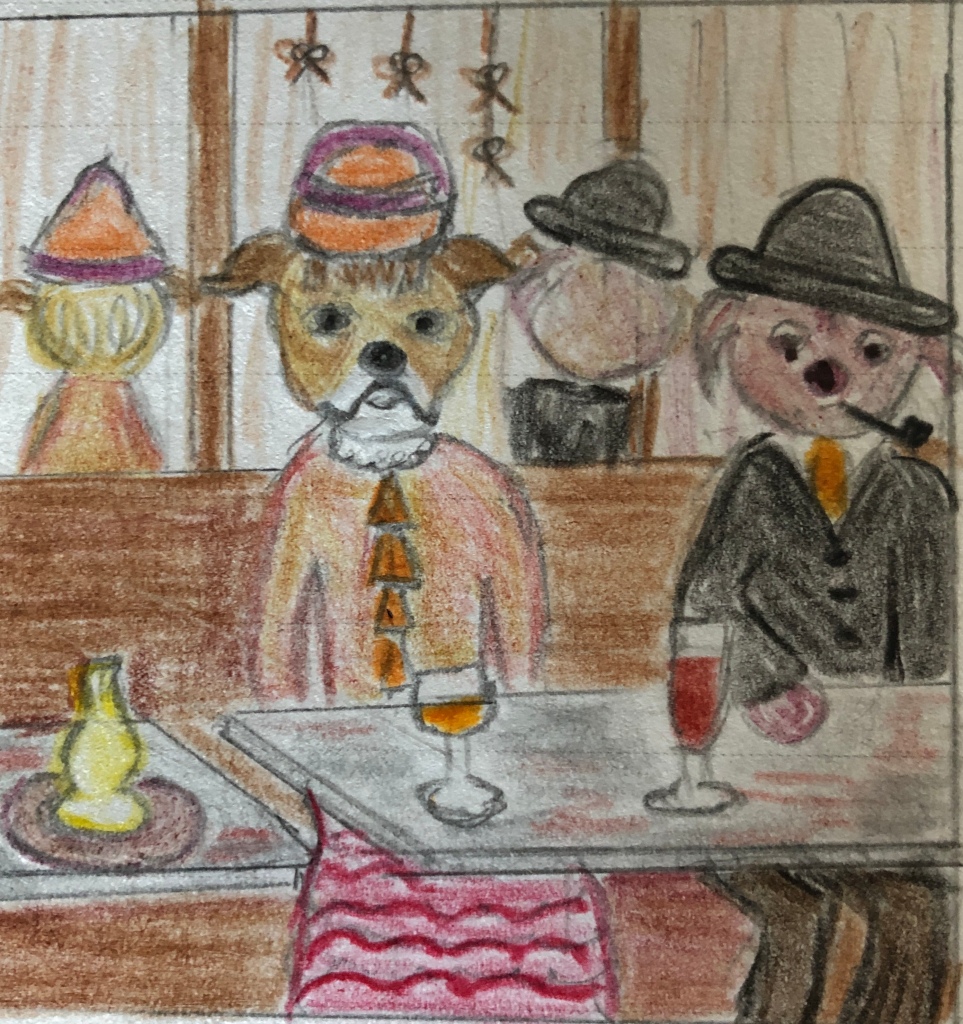
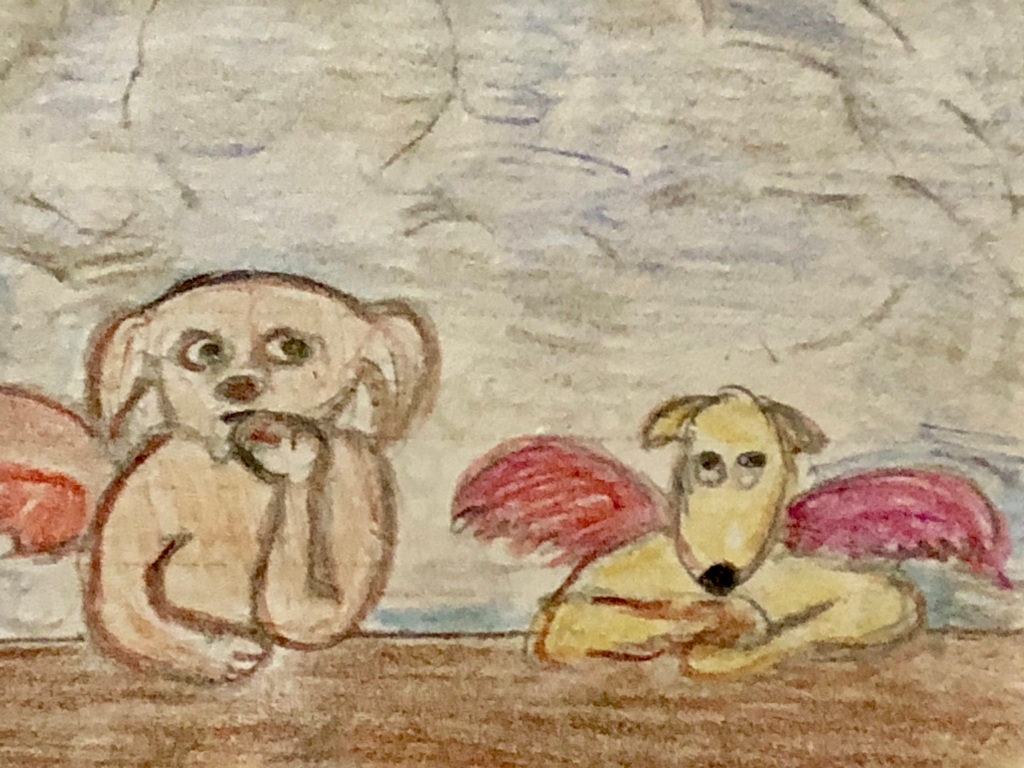
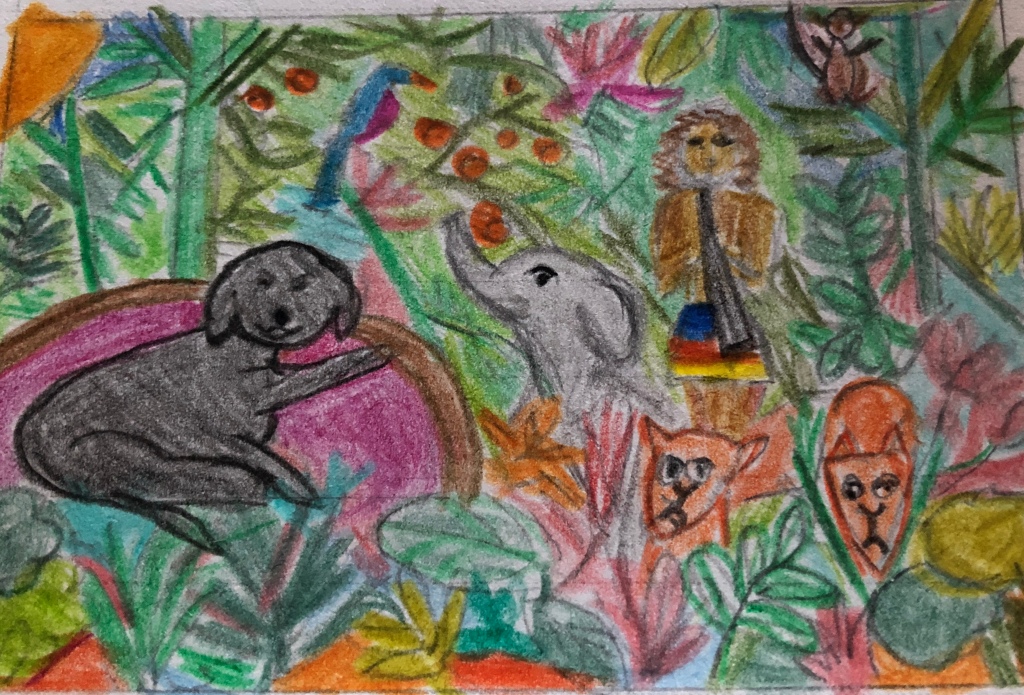
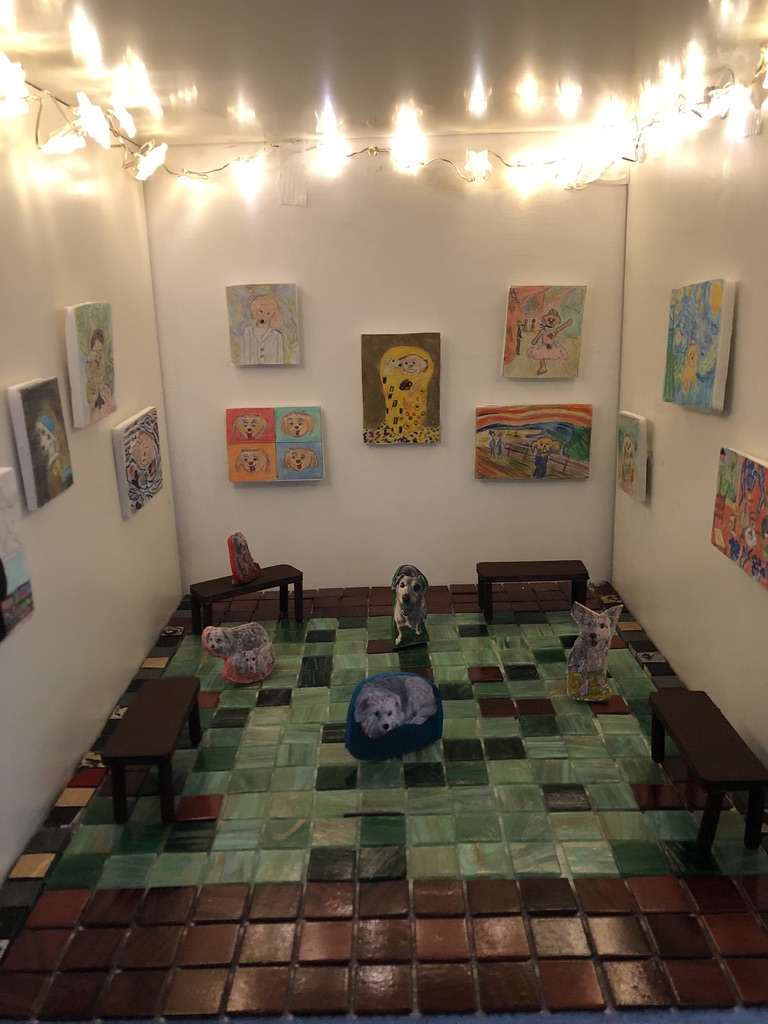
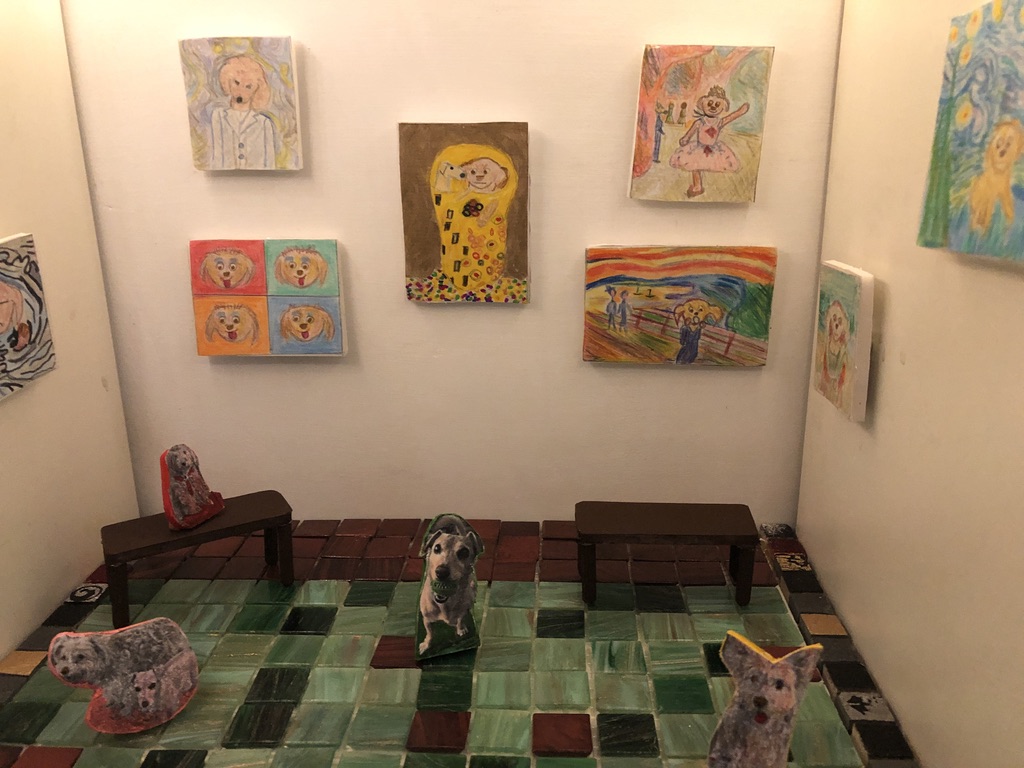
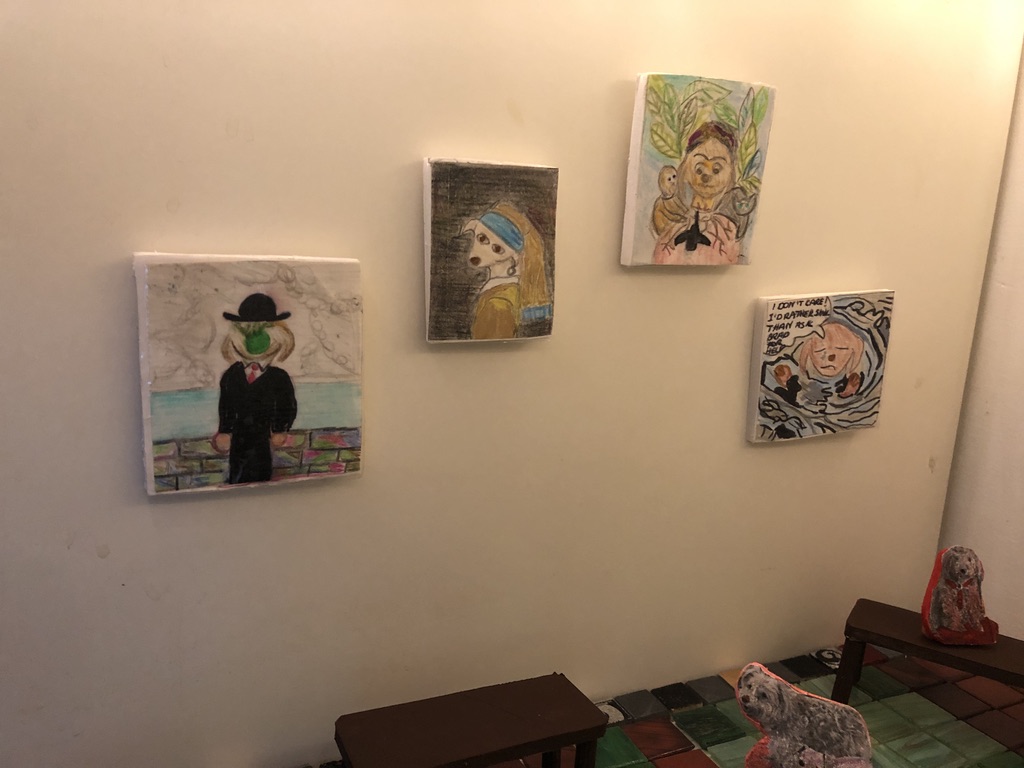
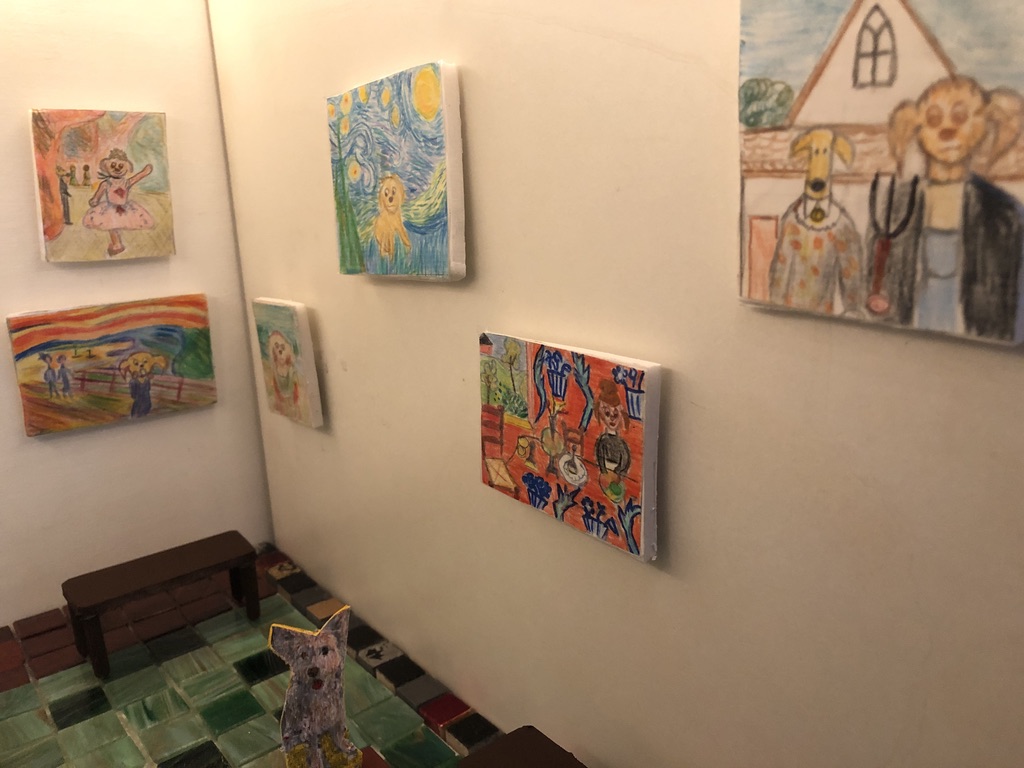
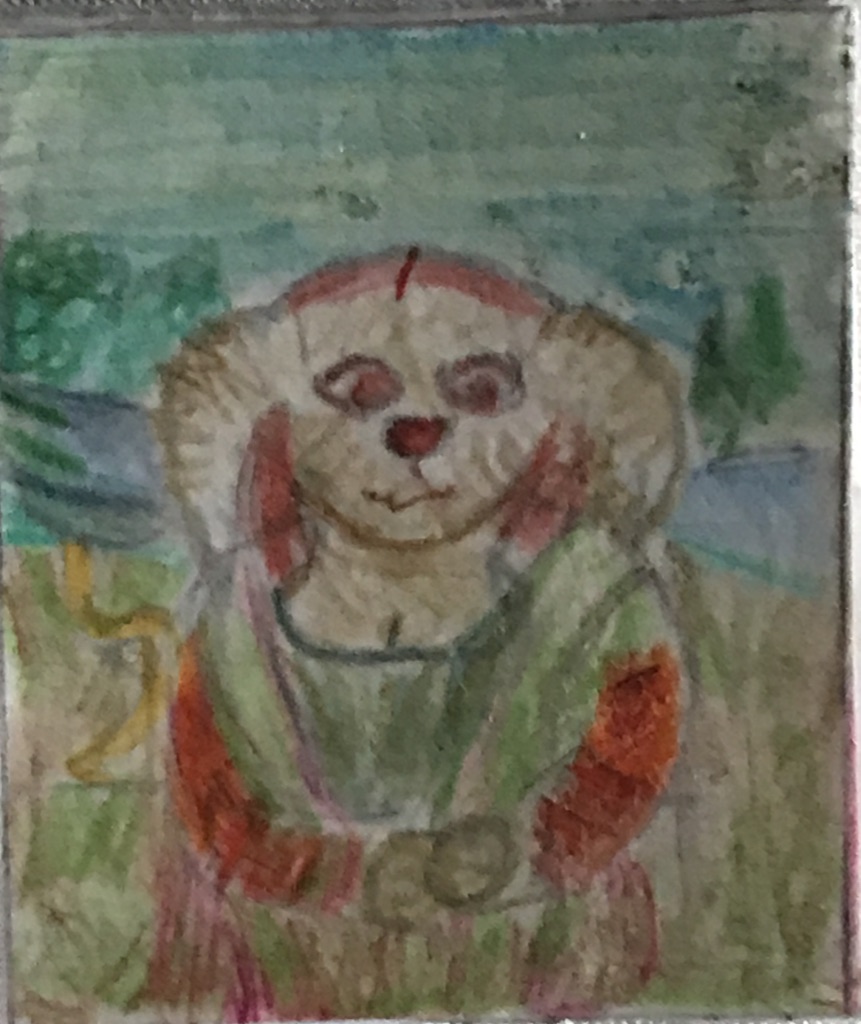
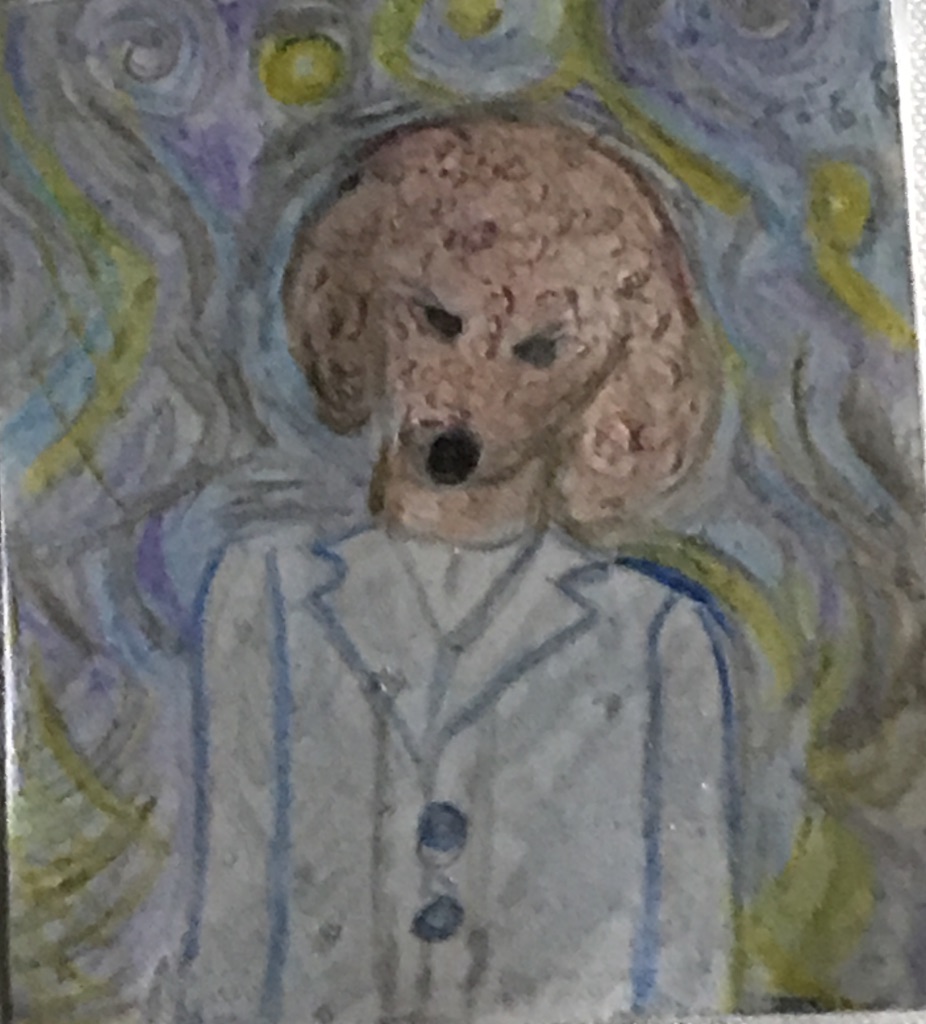
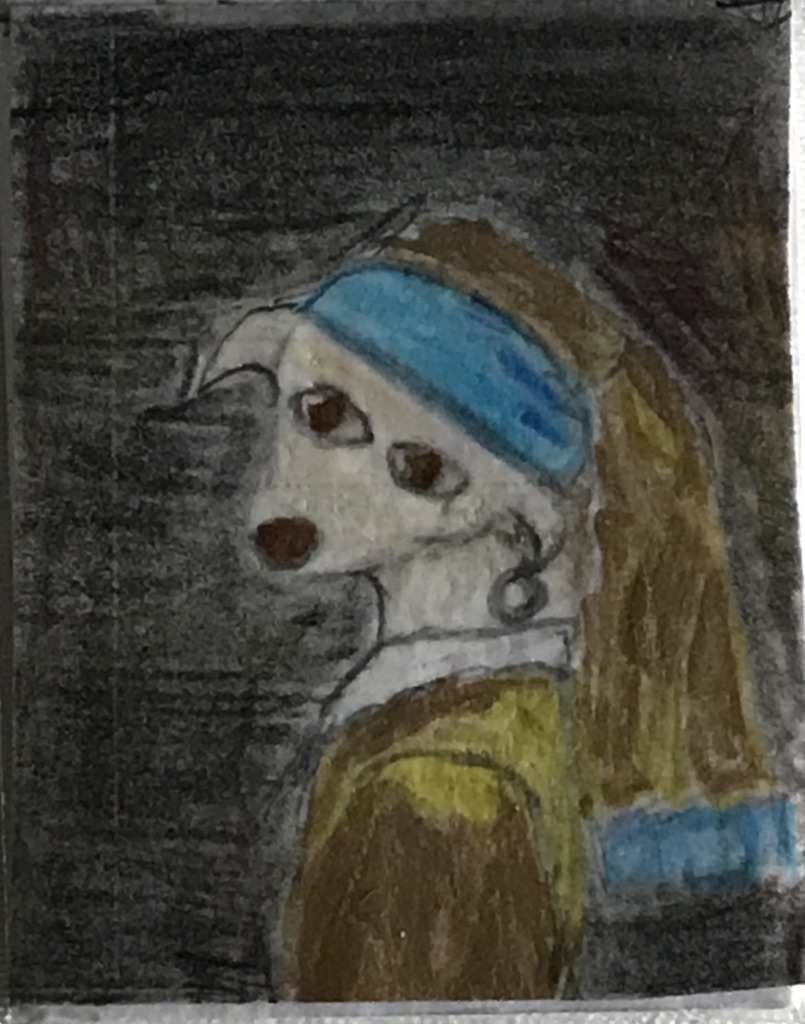
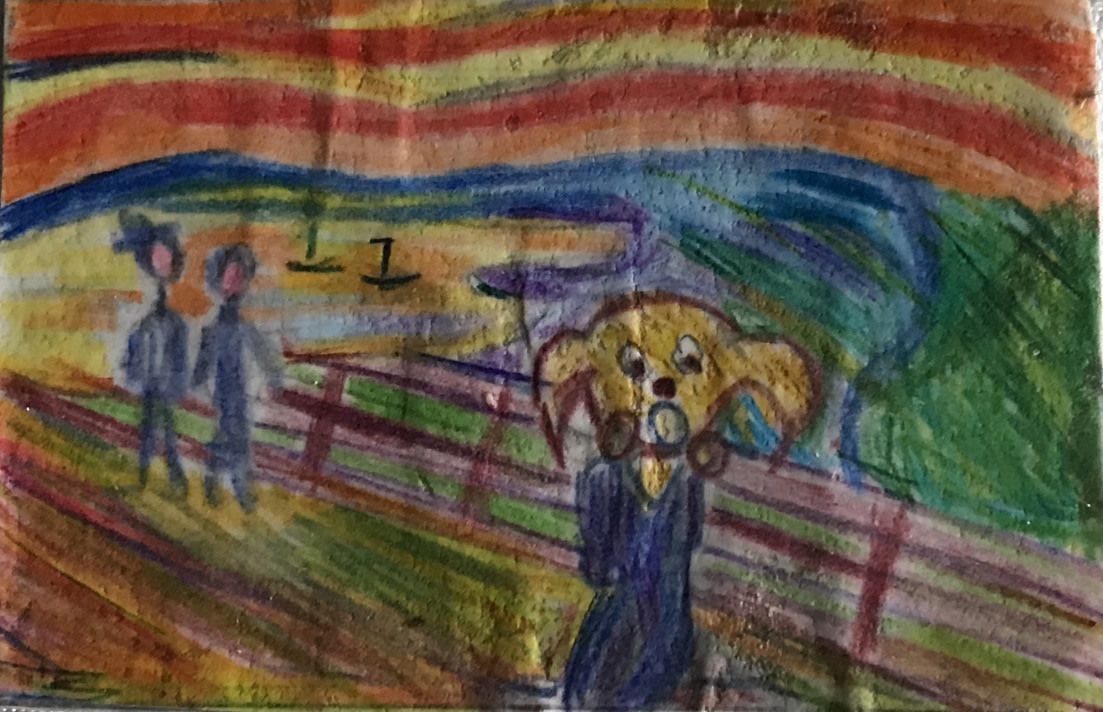
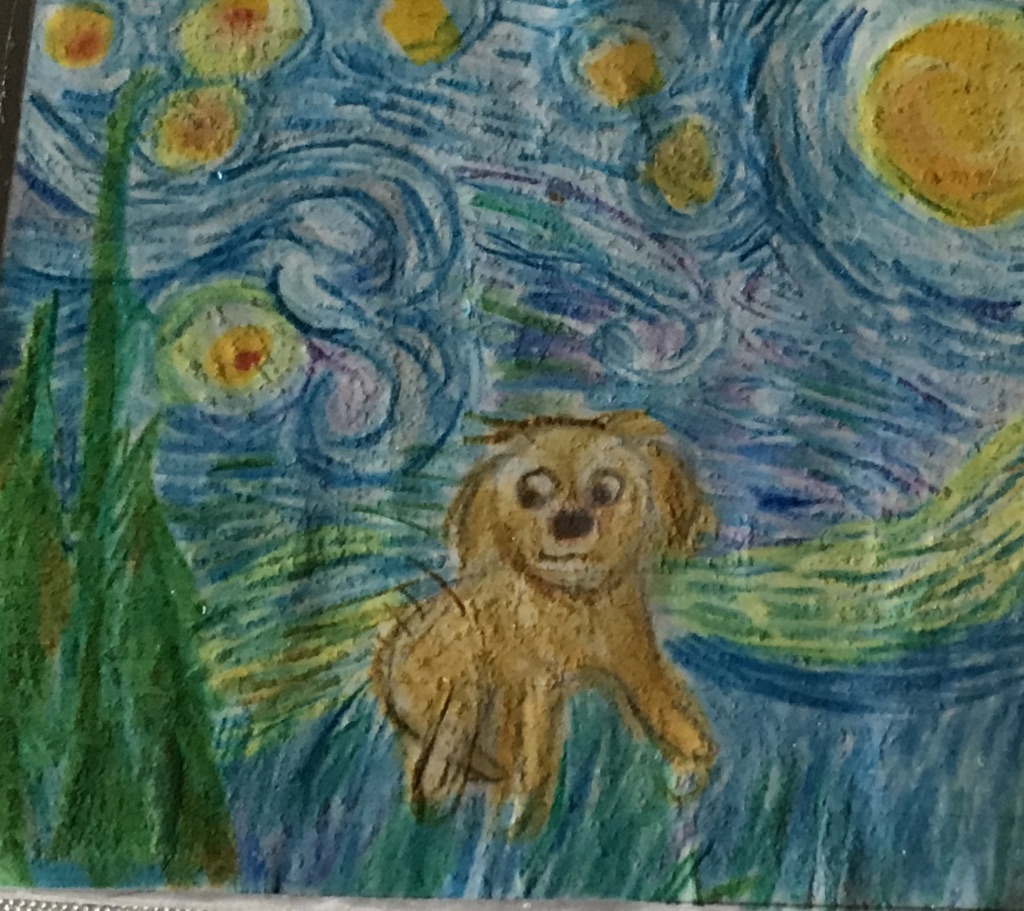

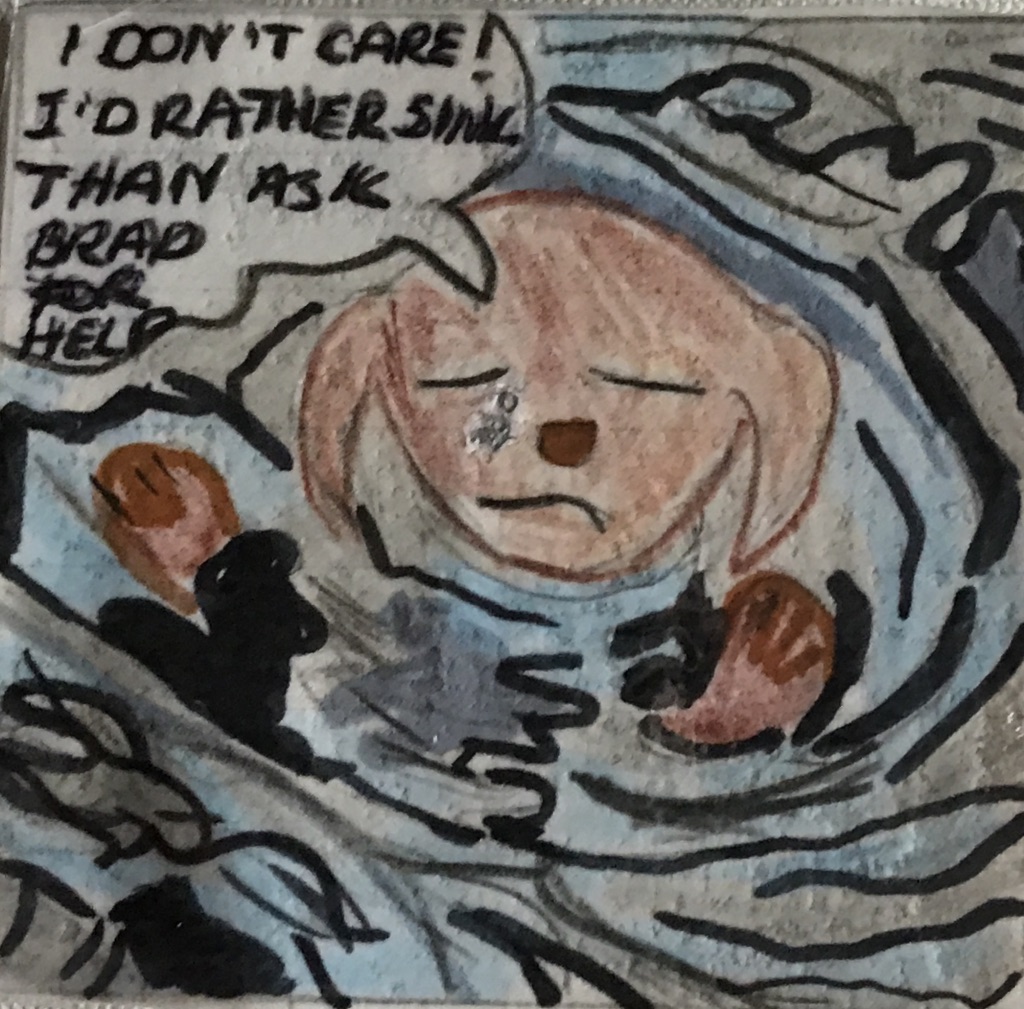
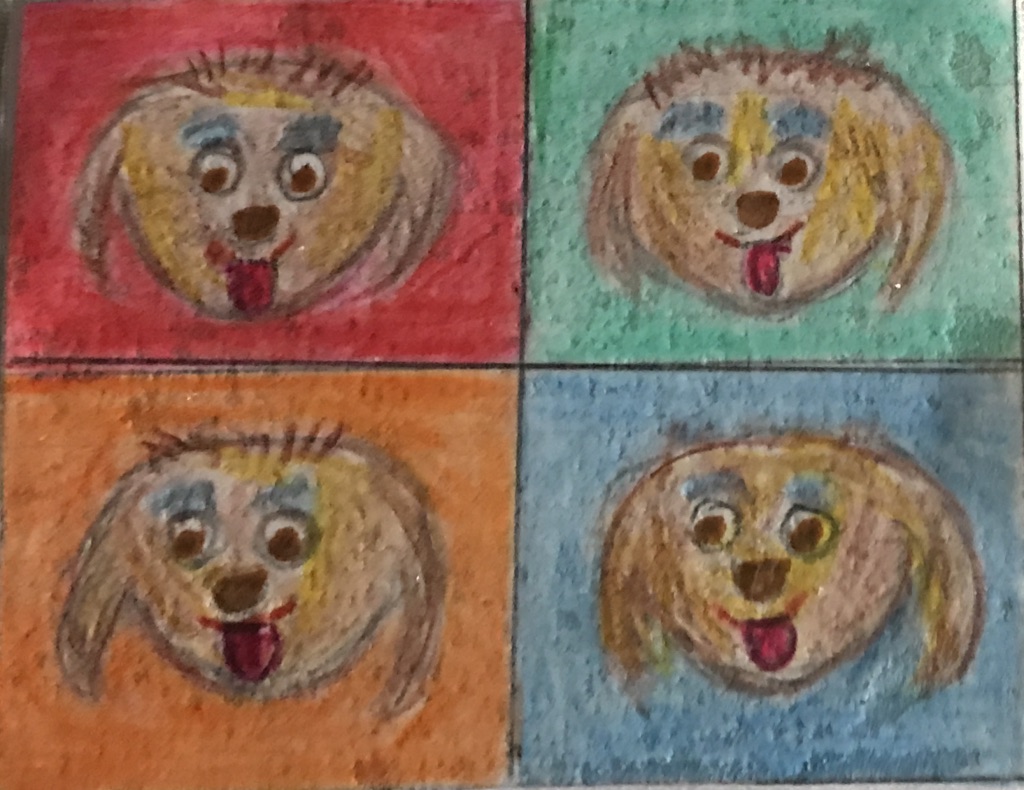

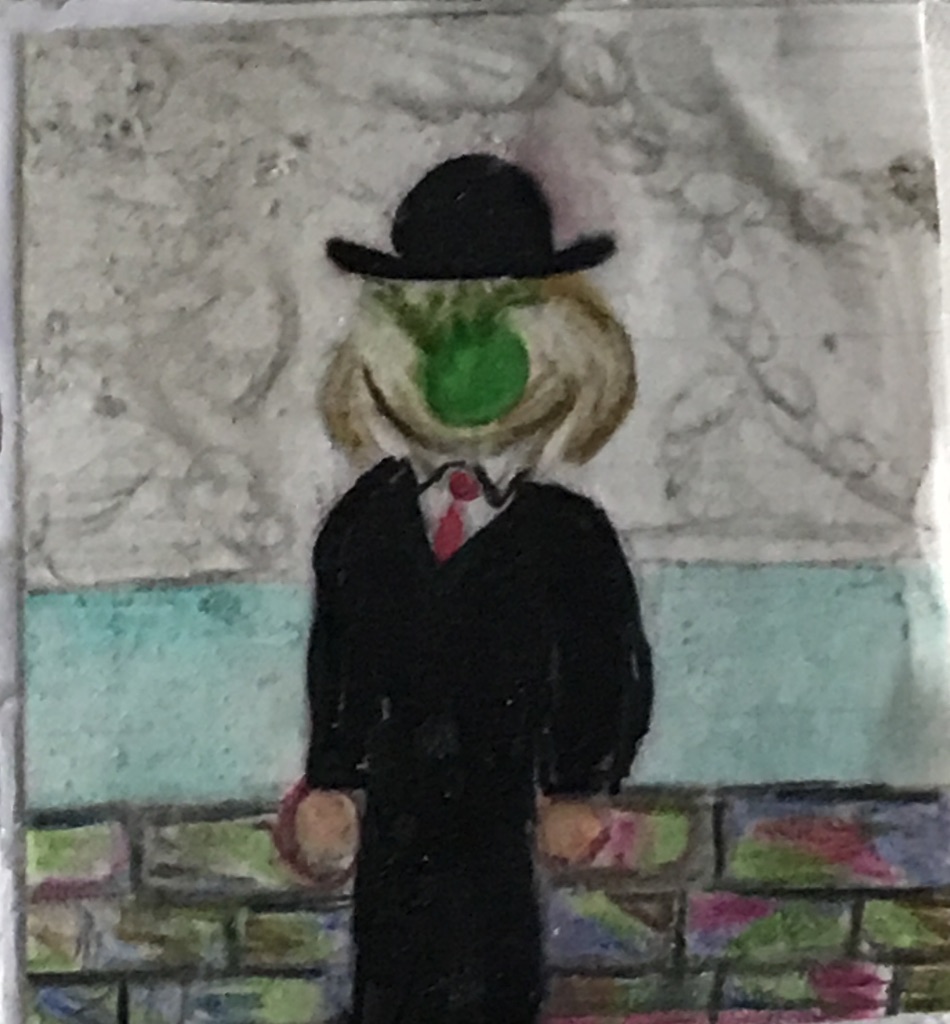
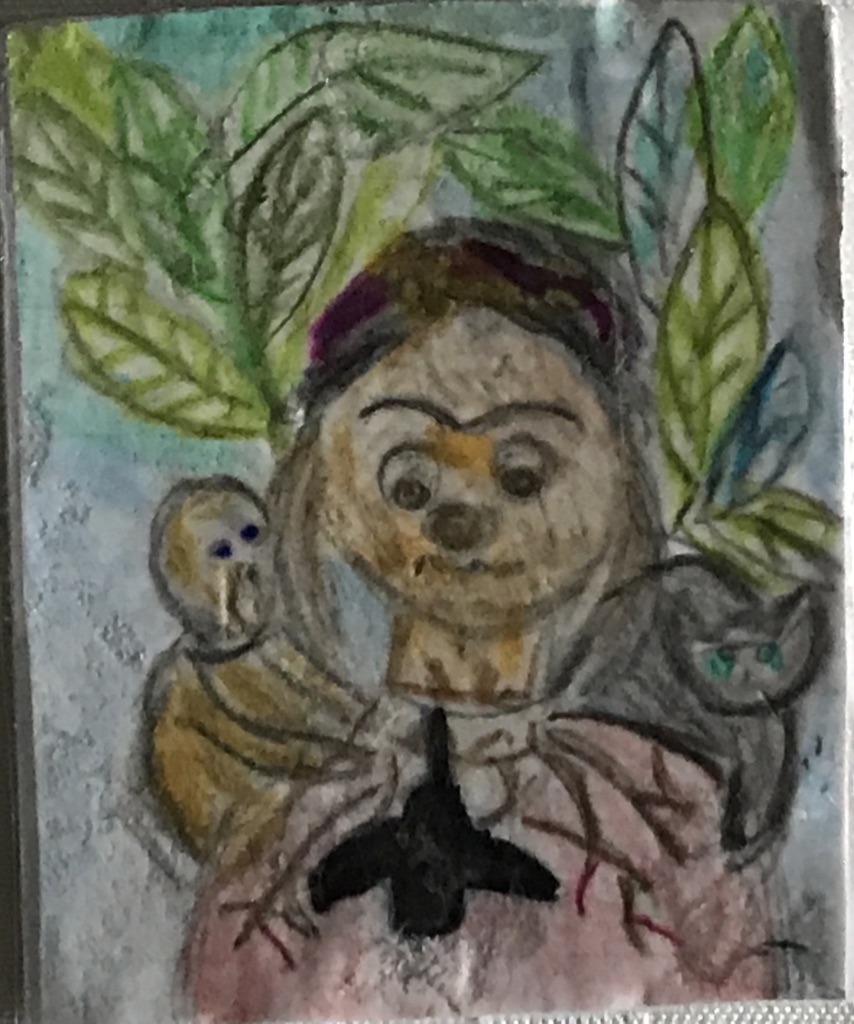

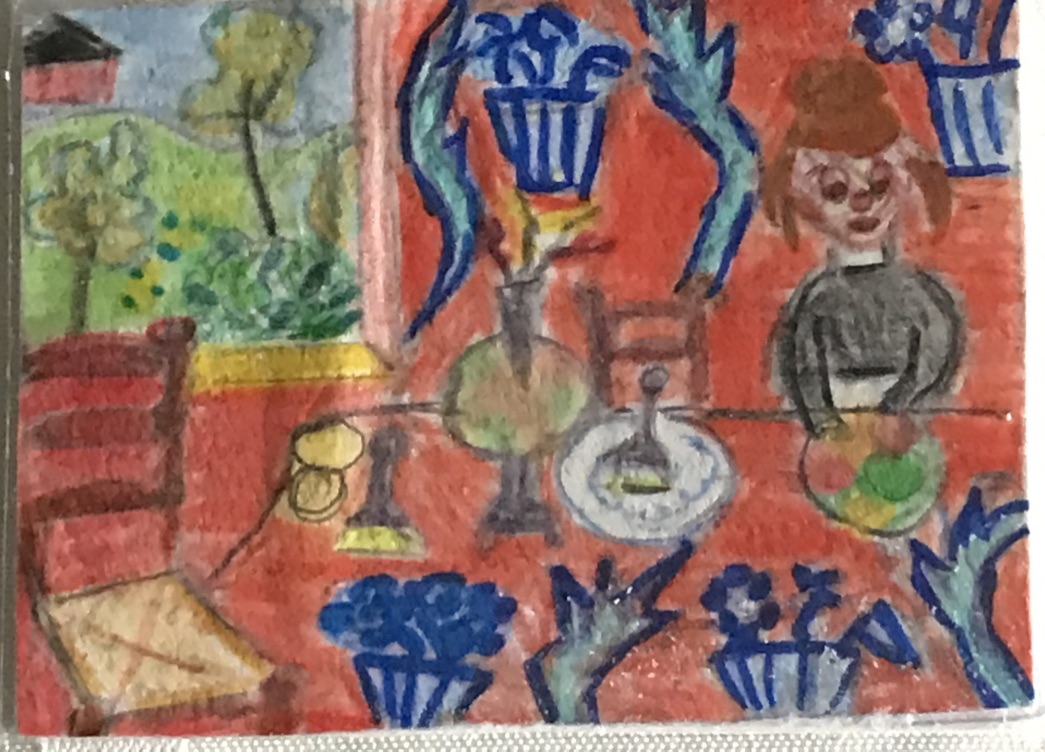






















 One thing I love about Italy are the weird and wonderful museums. I’m not talking about the typical ones that everyone comes here to see like the Capitoline Museum, Villa Borghese, Palazzo Barberini, etc. etc. No, I’m talking about museums that are a bit off the beaten track and decidedly lacking in Caravaggios. I’ve written about some of them in Rome, like my beloved
One thing I love about Italy are the weird and wonderful museums. I’m not talking about the typical ones that everyone comes here to see like the Capitoline Museum, Villa Borghese, Palazzo Barberini, etc. etc. No, I’m talking about museums that are a bit off the beaten track and decidedly lacking in Caravaggios. I’ve written about some of them in Rome, like my beloved 











